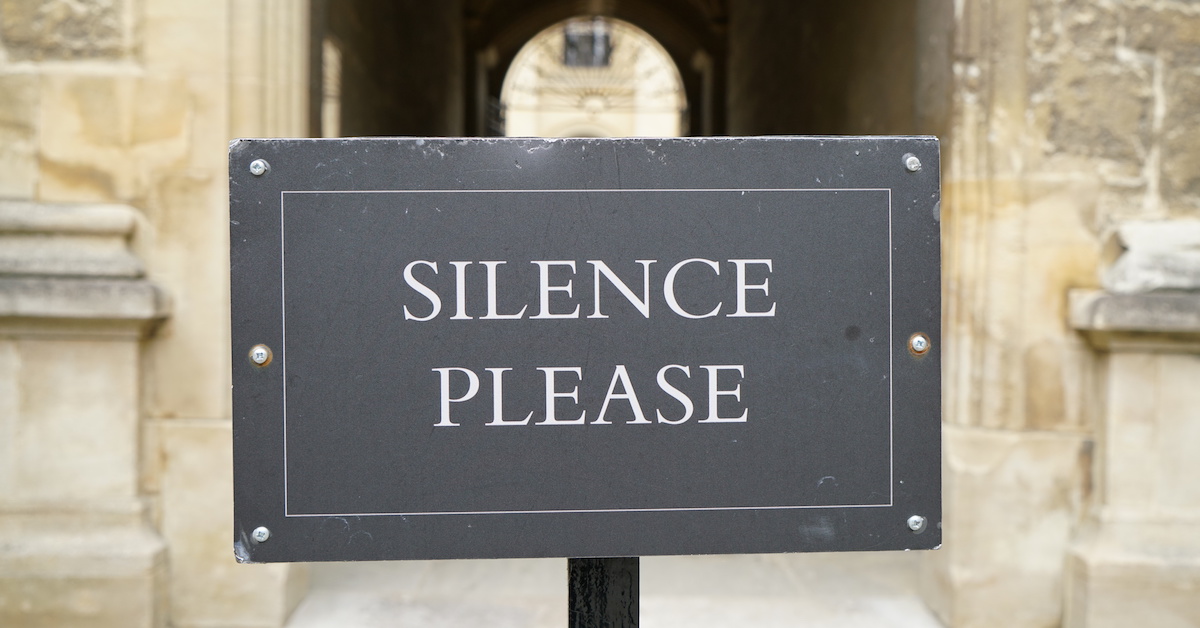Oxford's Radcliffe Camera ...
Although the building was completed in 1748, a librarian appointed, and also a porter, who was to be equipped with a gown and a staff and have a salary of £20 per annum, the opening ceremony did not take place until 13 April 1749. The new library was from the first known as the Physic Library, 'being to consist of all Sorts of Books belonging to the Science of Physic, as Anatomy, Botany, Surgery, and Philosophy', but the accessions it received during the first sixty years of its existence bore little relation to this description, and it was not until 1811 that its intake was confined to works of a scientific nature. Accessions to the library did not, however, consist entirely of books. During the first half of the 19th century it became the home for coins, marbles, candelabra, busts, plaster casts, and statues, but in recent years most of these have been placed in other repositories more suited to their proper care and display.The basement story was originally an open arcade with a vaulted stone ceiling, bearing in the centre Radcliffe's coat of arms. The arches of the arcade were filled by iron grilles, three of which were in the form of gates which were closed at night, and through which access was gained to the library by way of the grand staircase. These grilles still remain. The glazing of the arches, the construction of a new north entrance where once was a circular window, and the addition of the stone steps leading up to it, were carried out in 1863 when the building had become a reading-room of the Bodleian. In 1854 the library was, for the first time, properly warmed and lighted. Hitherto a very indifferent system of lighting and heating the gallery by gas had been in operation since 1835. Between 1909 and 1912 an underground bookstore of two floors was constructed beneath the north lawn of the library, and a tunnel connecting it with the Bodleian, thus at last unobtrusively linking the two buildings, a project which had been envisaged by Henry Wentworth Acland in his Report to the Radcliffe Trustees in 1861, when he advocated a covered arcade across Radcliffe Square.
I'll bet it's perfectly serene ...











































































































































































No comments:
Post a Comment